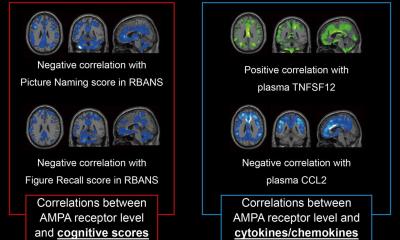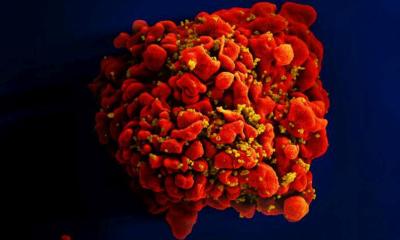Molecular imaging
Still hyping or consolidating?
In recent years molecular imaging has developed into a hot topic field in medical research, which raised high expectations.

This somewhat describes the attitude at the world-largest molecular imaging conference (Joint Molecular Imaging Conference) held this September in Providence, RI, USA.
A whole bunch of sessions dealt realistically with the problems associated with the introduction of new contrast media into clinical medicine. One inherent problem of specific contrast media became clear here: The inherent characteristic of disease or diagnosis specific contrast media is that they reduce the amount of patients in whom they can be applied – thus reducing their market. While still the enormous costs of their introduction and FDA-approval is as high as with standard – unspecific contrast media have a larger market. Here, policy changes would be necessary to lower the threshold for an introduction into clinical medicine.
Despite these well-discussed problems, as expected, preclinical results were exciting at this conference. The two day pre-conference educational symposium was a good preparation to the research sessions of the consecutive scientific section of the event. Attendees were well prepared and therefore could follow the scientific sessions and identify hot-topics with ease. As expected, not only strictly ‘molecular imaging’ subjects were discussed in four days of basic research, but also results from neighbouring fields, such as small animal imaging, biology and genetics.
Stimulating results were assembled throughout the conference: A group from the Beth Israel Deaconess Hospital in Boston presented bench-side (Dr Bartling, could this be benchmark?) results from a new, exciting MRI-contrast media, which could be named ‘artificial protons’. After radio-frequency excitement solid state devices send back a radiofrequency unique to them, making them easily and highly sensitive to detect.
From Tubingen, Germany, a significant step on the road to the integration of PET with MRI was presented: A method that allows the generation of attenuation correction maps for the PET-part from the MRI. Usually in PET-CT this is generated from the CT-part which is obviously lacking in PET-MRI. Sophisticated image-processing techniques were employed here.
Further, a group from the Massachusetts General Hospital, Boston, used a time-resolving optical tomography approach to increase the resolution of optical imaging, which is still a strong limitation of this technique. The resolution is limited due to scattering of photons in tissue. However, early detected photons that were shorter on the fly did scatter less and hence their origin can be more exactly calculated, increasing the resolution of optical imaging.
A new method of coupling small MRI-detectable VSOP with target specific molecules, such as Annexin V, was presented by a group from Charitè, Berlin. Next to the improved size, the fact that both parts of this nanoparticle are in early clinical trials, or approved for human use, make this approach prone to be one of the first highly-specific contrast media that could be introduced into clinical trials (see p. 8 August/September edition of European Hospital).
In conclusion: Molecular imaging is developing from a new, emerging research field with associated hypes, to a firm and growing research field with large research communities around the world. The fact that international societies are well aware of the translational problems, which are openly discussed, is a good sign that these issues will be appropriately addressed. So, nowadays we can expect preclinical methods in clinical medicine as soon as possible, which might be the close future.
30.10.2007







